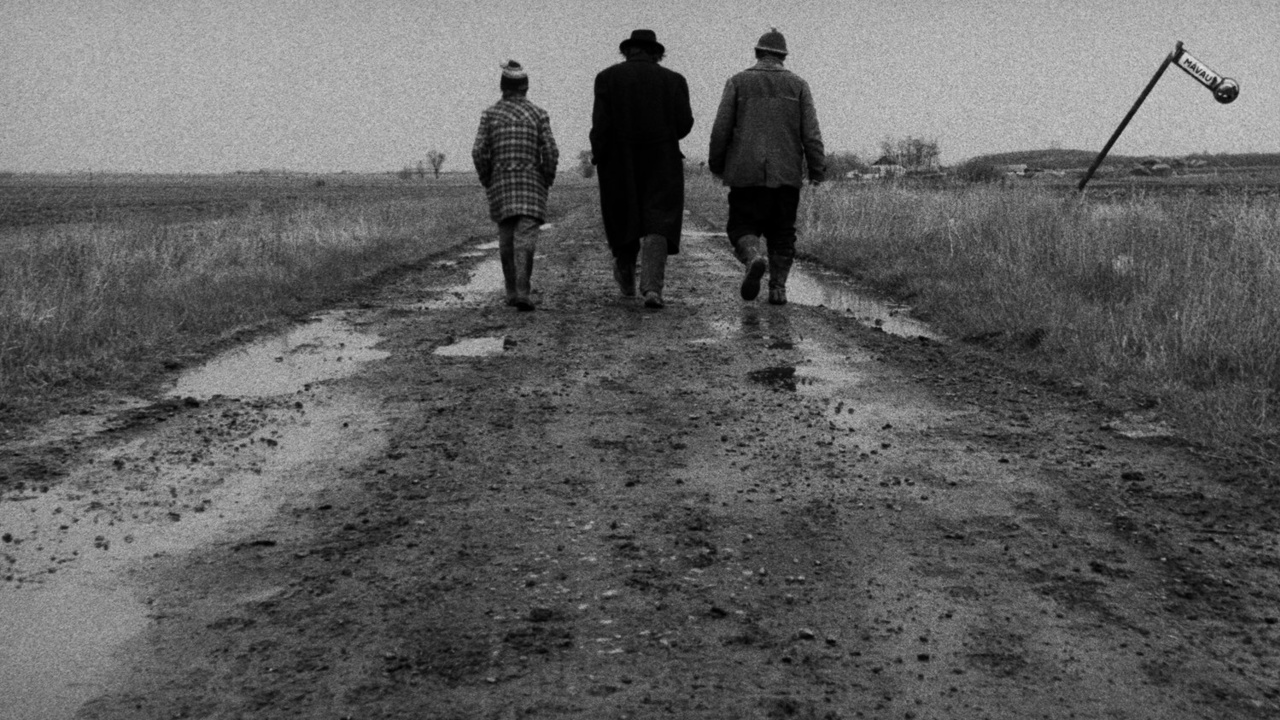
In a press conference that was as concise as usual, the Swedish Academy announced its final decision for the 2025 Nobel Prize in Literature on Thursday, October 9, 2025.
Taking over from South Korean Han Kang (1970), László Krasznahorkai (1954) from Hungary was honored this year with this highest literary distinction.
Born in the Gyula region, the Hungarian author initially followed in his father’s footsteps in law, but ended up getting his PhD in literature (with a thesis on the work of Sándor Márai) from the University of Budapest and initially working as an editor at publishing houses.
Already with his first official appearance in the field of literature, “Satantango” (1985) made an impression with its alternation of poetic images and dystopian introspections of its cryptic heroes, with many comparing its narrative to those of Herman Melville (Moby-Dick) or Nikolai Gogol in “Dead Souls.” Having lived at various times in (then) West Berlin, East Asia (China, Mongolia) and Kyoto, his work began to be further influenced by his gaze into the inner life of nature and the individual, as well as the surrealism hidden in the imperfections of our mortal nature.
Elegiac, but always substantive in their approach to content, titles such as “The Melancholy of Resistance” (1989) and “War and War” (1999) win the hearts of the most demanding critics, while during the period of writing “War and War” he receives the valuable influence and advice of the “pope” of the Beat generation, Allen Ginsberg. More specifically, regarding the guidance he received from Ginsberg on his work, László Krasznahorkai states: : “He helped me find a technique, a way to build a neutral background for War and War, specifically a very neutral New York City. The hero is very eccentric and his story is, too, so I needed a neutral city instead of the real one, a New York without colors, without the unexpectedness, without motion. And because New York is not at all neutral, especially when you first see it, I had a problem making it neutral. […] In the end, it was thanks to his advice that I figured it out. It’s very simple – you have to focus on a smaller point and concentrate on depicting that and the rest takes care of itself, so you don’t have to worry about the background. A lot of things become unnecessary, that you consider, as having the same value in connection with the concentrated fact and its background. So I am very grateful to him for this personal advice, and otherwise too.
One could say that his collaboration with film director Béla Tarr was profound, as their worldviews seem to be inextricably linked. Indeed, Béla Tarr brought works such as “Satantango” and “Werckmeister Harmonies” (based on “The Melancholy of Resistance”), looking beneath the surface of a world that is slowly fading away, as captured by Krasznahorkai, while—freed from the formalism of cinematic genres—he created immersive, contemplative experiences worthy of the equally unique voice of the Hungarian writer.
A voice that prescribes this prolonged “endgame” of our contemporary civilization.
Information taken from:

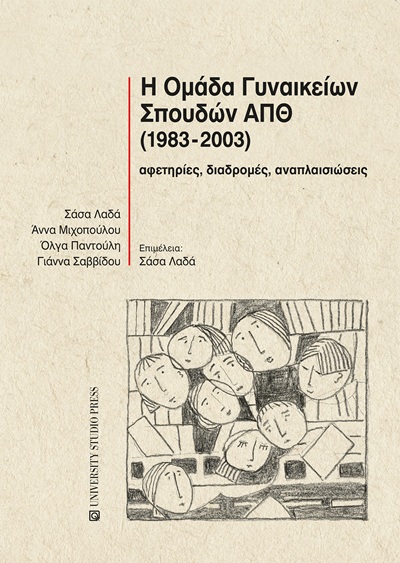
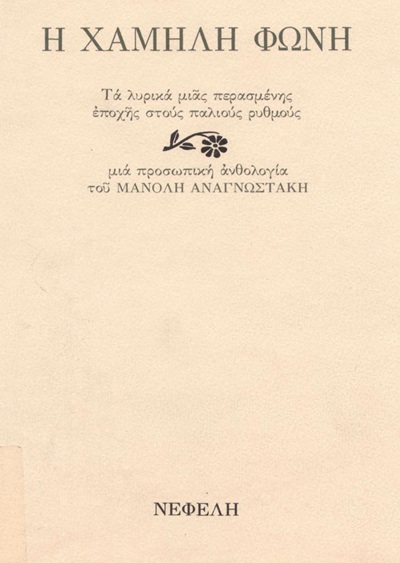
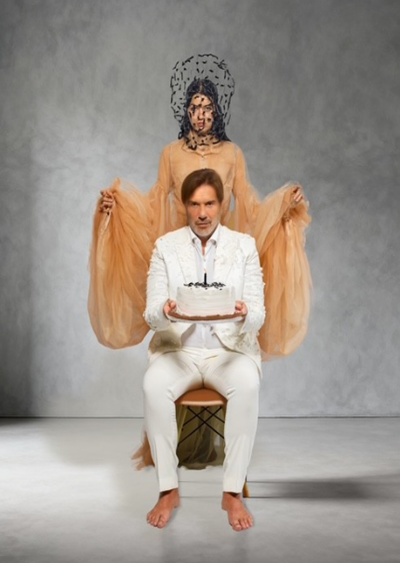
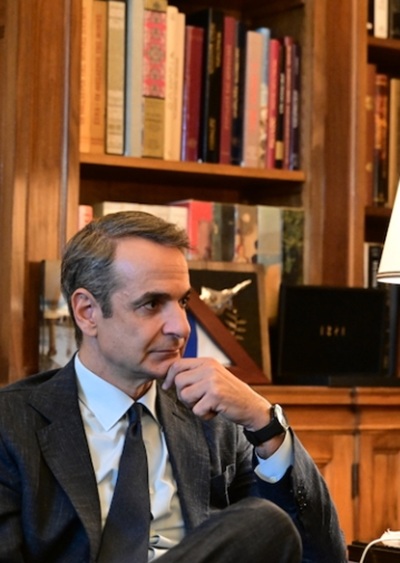


Leave A Comment